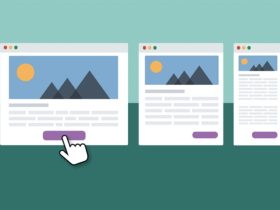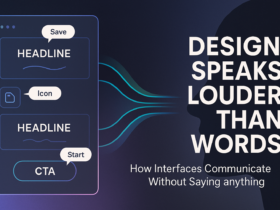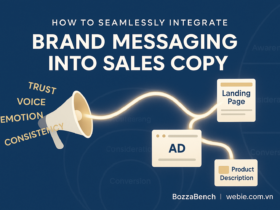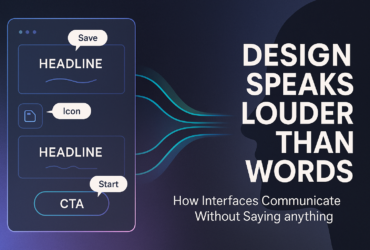Gmail UX: A Reflection of Your Digital Behavior
Gmail UX isn’t just an email interface—it’s a powerful example of emotional design in UX that mirrors user behavior in Gmail and actively shapes the Gmail user experience. Indeed, through thoughtful UX design, Gmail adapts to each user’s behavior, surfacing patterns that can either support or challenge productivity.
In this article, we’ll explore how the Gmail user experience reveals your habits, influences your emotional state, and how you can optimize it for a better workflow.

UX Design in Gmail: Built Around User Behavior
One of Gmail’s core strengths lies in its behavior-driven design. Instead of forcing users into a rigid structure, it adapts to common behaviors such as skimming, replying quickly, and managing high email volumes.
For example, Gmail includes:
- Smart Reply and Smart Compose, which suggest responses tailored to your tone.
- Help Me Write, powered by AI, to help you handle repetitive tasks more efficiently.
- Tab organization, which separates email types and aids in quick triage.
As a result, Gmail reflects how individuals prefer to manage communication. On the one hand, it promotes speed and ease. On the other hand, it can amplify bad habits if users aren’t mindful.

Emotional Design in Gmail UX
The interface of Gmail doesn’t just serve logic—it also impacts how users feel. This is known as emotional design in UX, and Gmail demonstrates both the positive and negative aspects of it.
Common emotional triggers in Gmail:
- Cluttered inboxes → stress and decision fatigue
- Constant notifications → distraction and anxiety
- Auto-responses → depersonalization in communication
Therefore, it’s clear that user behavior in Gmail directly connects to emotional outcomes. In many cases, the design reinforces either control or chaos—depending on the user’s habits.

Gmail Interface Design: A Reflection of Organization
The Gmail interface design doesn’t enforce structure. Rather, it mirrors your personal workflow.
If, for instance, you:
- Use labels and filters,
- Archive emails frequently,
- Adjust your settings intentionally,
Then Gmail feels smooth and organized. However, if you allow emails to pile up, the interface becomes a source of stress. In other words, Gmail UX highlights the outcome of your choices.
Email UX Optimization Tips
To take control of your Gmail experience, consider the following email UX optimization practices:
- Limit tabs: Only use the inbox tabs that are helpful to you.
- Use filters and labels to automate sorting.
- Turn off unnecessary notifications to reduce digital noise.
- Review email habits weekly to avoid inbox overload.
- Avoid overusing Smart Reply for emotional or important messages.
These practices align with behavior-driven design, allowing you to use Gmail more mindfully.ost diagnostic — surfacing not just your habits, but the flaws in your workflow.

Responsive UI in Email Platforms: A Gmail Case Study
Among modern platforms, Gmail sets a high standard for responsive UI in email platforms. Whether you access it on mobile, tablet, or desktop, the experience remains cohesive and adaptable.
Its responsive design allows:
- Seamless switching between devices,
- Touch-friendly controls on mobile,
- Adjustable reading pane layouts.
Still, responsiveness alone doesn’t guarantee productivity. Without conscious configuration, even the best UI can reflect—and amplify—bad habits.

Conclusion: Gmail UX as a Behavioral Feedback Loop
Ultimately, Gmail UX does more than support your workflow—it exposes it. From interface design to emotional triggers, it holds up a mirror to how you manage attention, communication, and digital hygiene.
Understanding this allows you to transform your Gmail from a passive inbox into an active tool for success. By applying email UX optimization techniques, you’ll not only reduce stress but reclaim control over your digital habits.
📌 Want to improve the UX of your own platform?
👉 Want a UX audit for your digital platform? Contact Webie for a consultation.
👉 Discover more insights and stay updated with the latest trends at BozzaBench.




























Leave a Reply